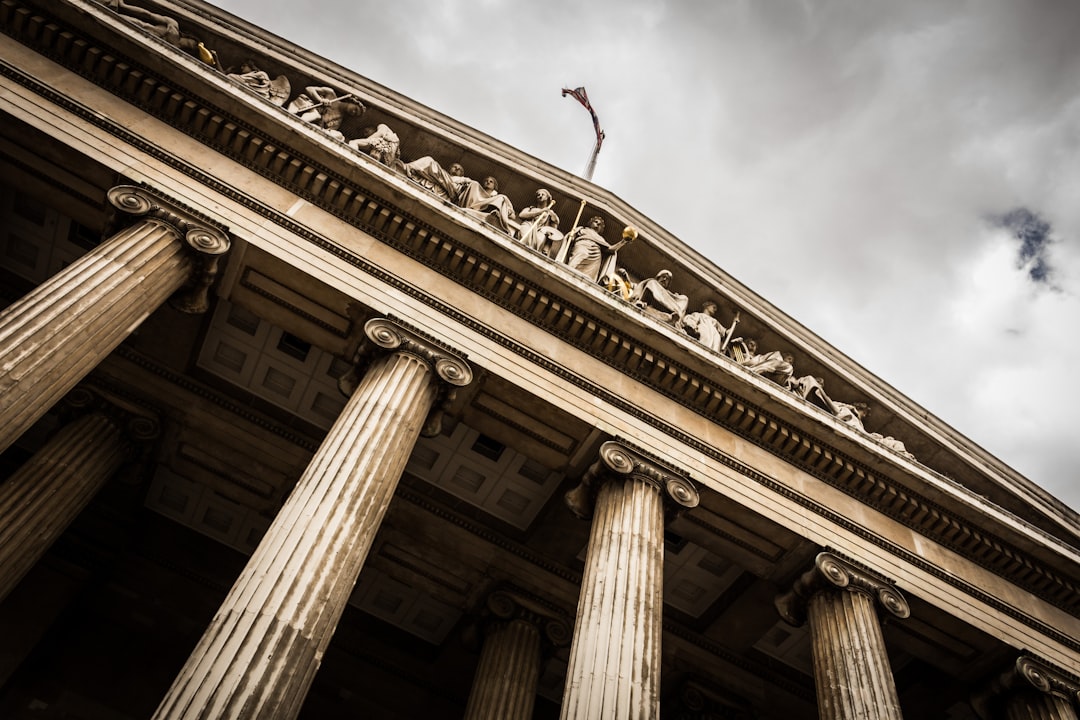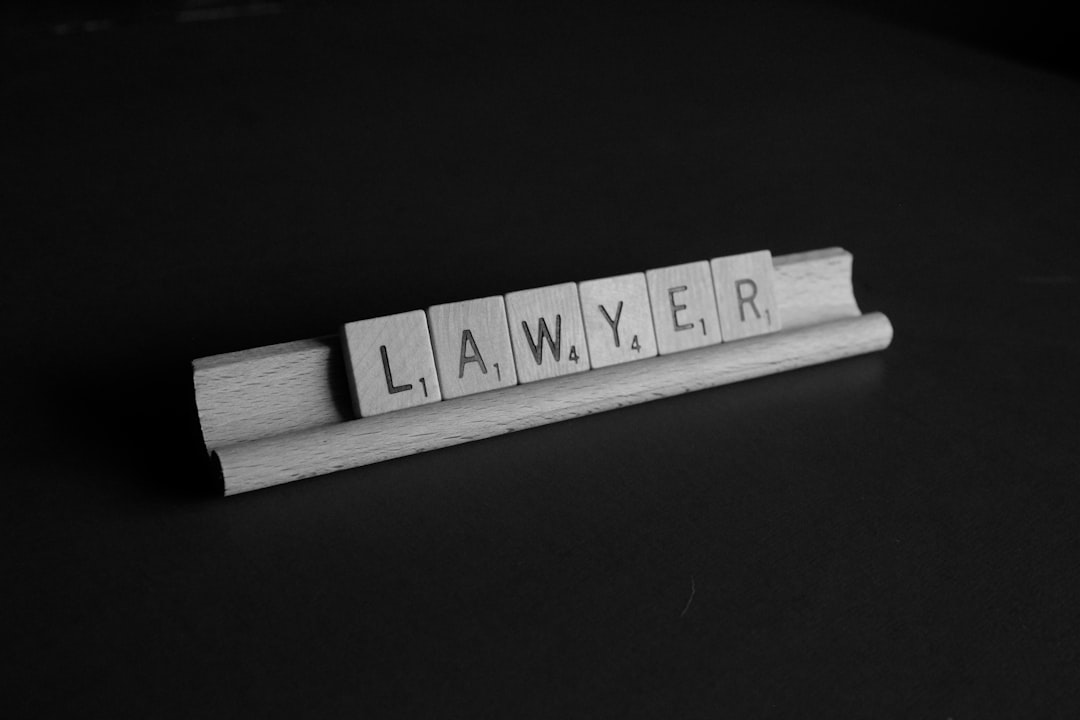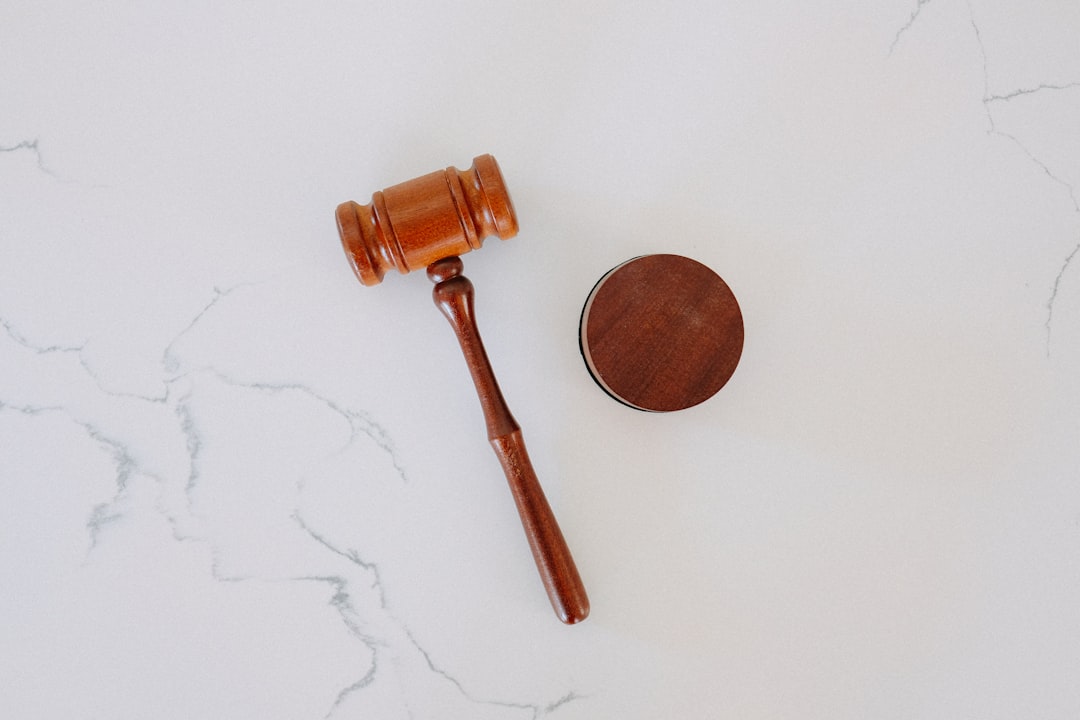Sexual abuse lawyers in Colorado leverage DNA evidence as a pivotal tool for securing justice, using advanced genetic profiling techniques to match crime scene samples to individuals with remarkable accuracy. While facing stringent admissibility standards and defense strategies, these lawyers require both legal expertise and knowledge of forensic science developments to successfully present DNA evidence and achieve convictions in sensitive sexual assault cases.
In Colorado, as across the nation, DNA evidence plays a pivotal role in sexual abuse cases. This powerful tool offers a sense of justice and closure for survivors while aiding prosecutors in building strong, irrefutable cases. However, advancements in DNA technology also present challenges regarding admissibility and fairness. This article explores these nuances, delving into understanding DNA evidence, recent technological breakthroughs, and the navigation of legal hurdles for sexual abuse lawyers in Colorado to ensure a just outcome.
Understanding DNA Evidence: A Tool for Justice in Sexual Abuse Cases

DNA evidence has emerged as a powerful tool in the pursuit of justice for sexual abuse victims in Colorado. For sexual abuse lawyers, understanding and utilizing this scientific evidence is paramount to building strong cases. It can provide irrefutable proof linking an accused to a crime scene, especially when other forms of identification are difficult or impossible.
In sexual assault cases, DNA analysis can detect the presence of bodily fluids, offering concrete evidence that can stand up in court. This is particularly significant given the sensitive nature of these cases and the potential for contamination or doubt. A sexual abuse lawyer in Colorado will know how to collect, preserve, and present this evidence effectively to secure a conviction and deliver justice for their client.
Advancements in DNA Technology: Enhancing Prosecution in Colorado
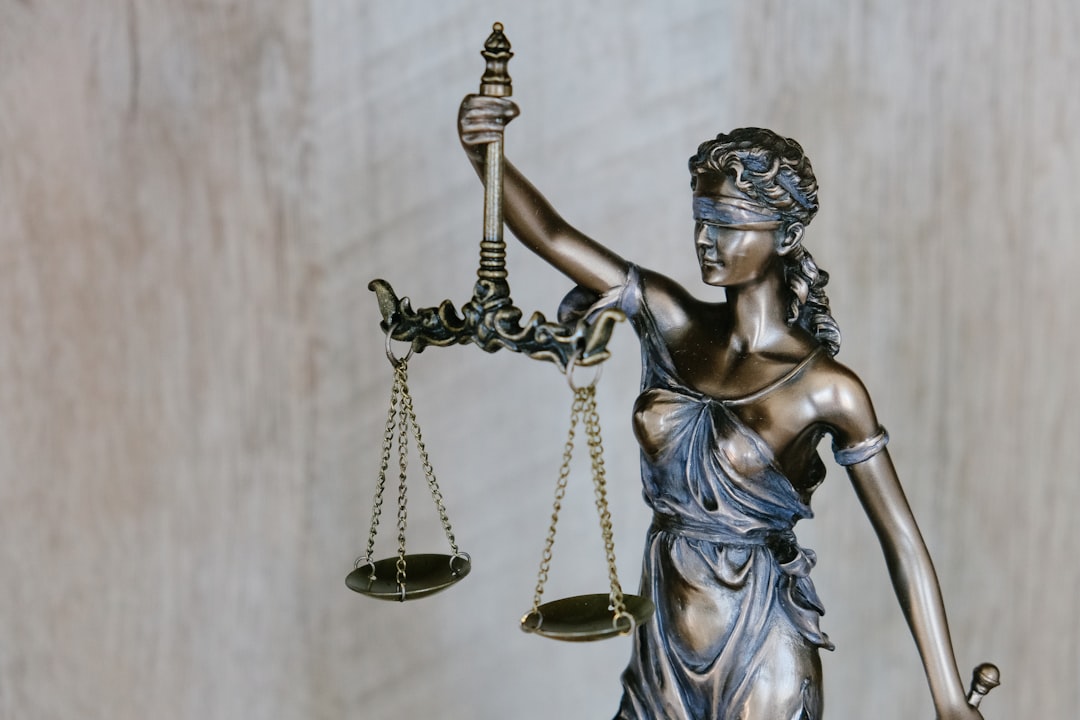
In recent years, advancements in DNA technology have significantly enhanced prosecution efforts in Colorado sexual abuse cases. These breakthroughs allow for more accurate and efficient identification of perpetrators, which is crucial for ensuring justice for victims. With improved collection and analysis methods, DNA evidence can now provide undeniable proof in court, aiding sexual abuse lawyers in building strong cases against accused individuals.
For instance, the development of more sophisticated genetic profiling techniques has enabled investigators to match DNA samples found at crime scenes to specific individuals with remarkable precision. This capability has led to increased convictions, as well as the ability to resolve cases that had previously remained unsolved for years. As a result, sexual abuse lawyers in Colorado now have a powerful tool at their disposal, making it easier to secure justice for clients and hold perpetrators accountable.
Navigating Challenges: Ensuring Admissibility and Fairness in Courtroom Settings
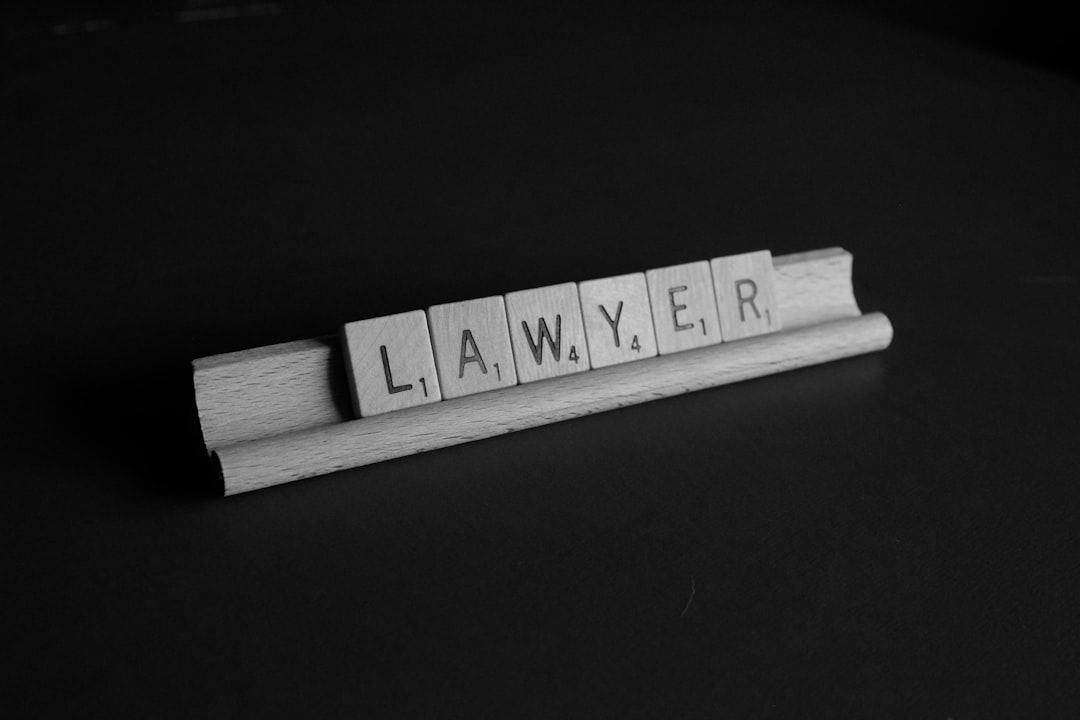
Navigating Challenges: Ensuring Admissibility and Fairness in Courtroom Settings
In Colorado, as in many jurisdictions, DNA evidence plays a crucial role in sexual abuse cases. However, presenting such compelling evidence in courtroom settings presents unique challenges. For instance, maintaining the integrity of the sample and ensuring its proper handling are essential to prevent any contamination or tampering that could undermine its admissibility. Sexual abuse lawyers in Colorado must carefully navigate these procedural hurdles, adhering to strict protocols and guidelines to establish the reliability of DNA evidence.
Fairness remains a paramount concern. Lawyers must ensure that the collection, testing, and interpretation of DNA evidence are conducted impartially and without bias. They also need to be adept at countering potential objections from defense attorneys, who may raise issues related to the chain of custody or the scientific validity of the tests. Effective advocacy in these cases requires a deep understanding of both the legal framework governing DNA evidence and the latest advancements in forensic science.
